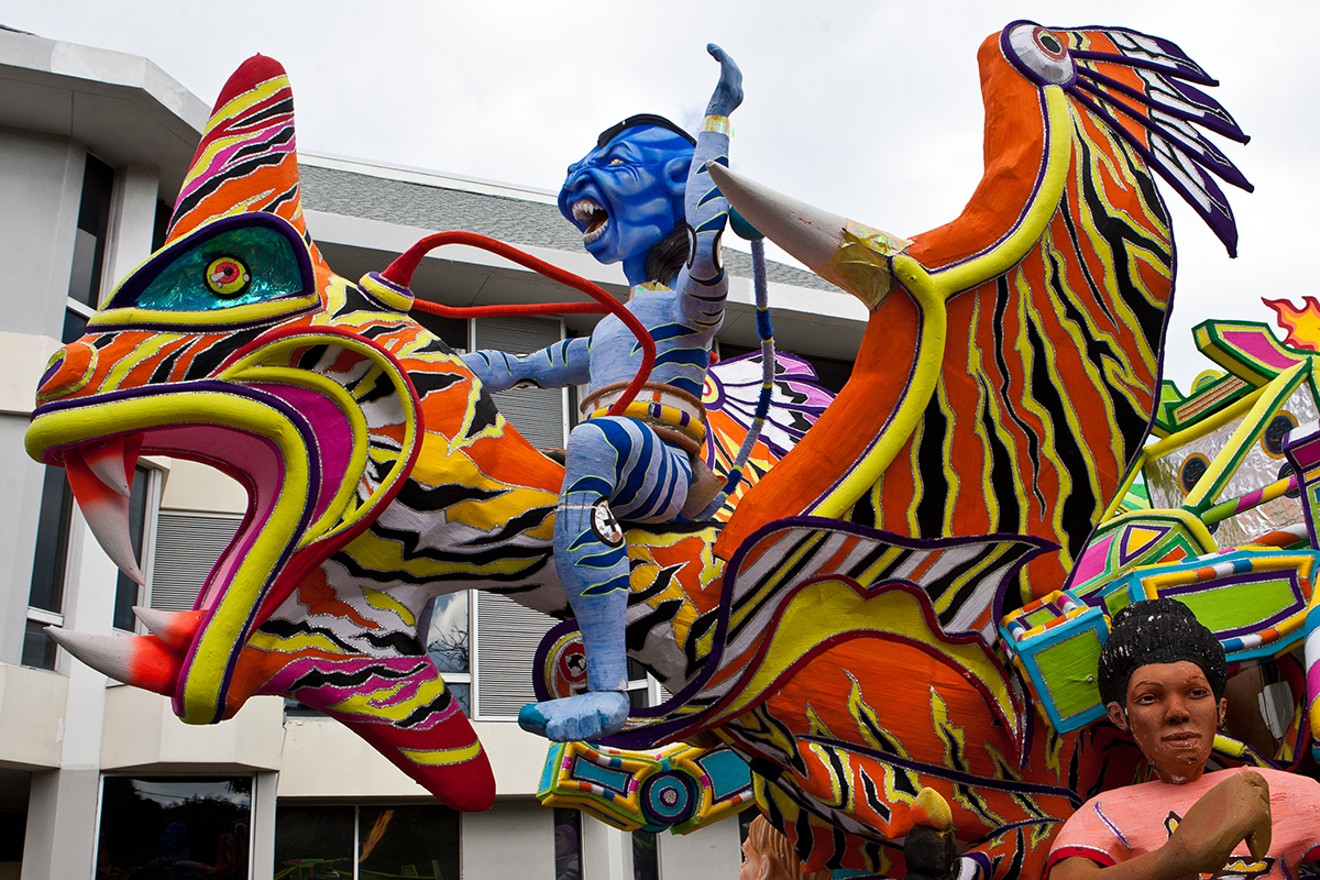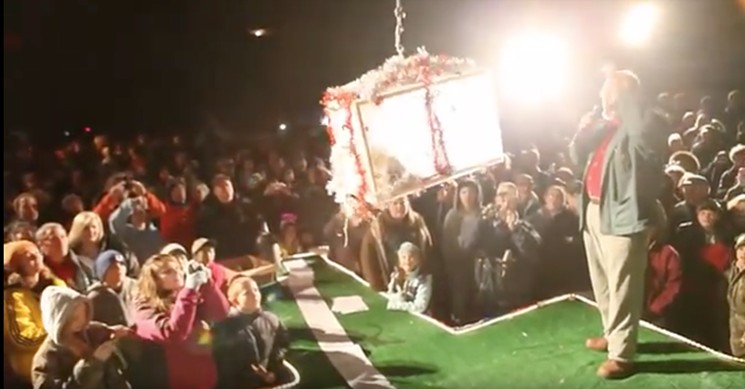If you're itching for something new, perhaps it's time to borrow a page from the world's playbook and adopt some new traditions. Some of these rituals are designed to bring good luck or prosperity in the coming year, while the reasoning behind others seems a bit more esoteric.
Destruction
We like blowing things up and shooting off fireworks on New Year's Eve, but a few other countries invoke their own form of destruction. In Denmark they smash plates at the front door of friends and neighbors; the bigger the pile of broken crockery, the better your luck to come. In Ecuador they burn paper-filled scarecrows and photos taken over the past year, while in Panama the burned effigies often resemble celebrities. In the Netherlands they say farewell to the old and welcome in the new year by building bonfires from Christmas trees. Differences are settled through fist fights in Peru's Takanakuy festival, allowing the new year to start off with a clean slate.

In Norway and Denmark, the new year is celebrated with a dessert called the kransekage which features a bottle of wine at its center.
In Spain it's customary to stuff 12 grapes into the mouth — making a wish with each chime of the clock at midnight — ushering in a new year with happiness and good luck. The French chow down on stacks of pancakes or crêpes, in the Philippines they consume round-shaped food (preferably while wearing polka dots), and in Switzerland they drop whipped cream or ice cream on the floor.
Baked goods are traditional just about everywhere, from the many-layered kransekage of Norway and Denmark to the filled doughnut pfannkuchens of Germany and the ring-shaped treats known as olie bollen in the Netherlands and Belgium. Armenian bakers take it one step further, kneading luck and good wishes into bread, while the Irish toss bread against the wall to ward off evil spirits.
In Hungary, a feast of fatty roast pork or kocsonya (cold pork aspic) on New Year’s Eve is hoped to bring a bountiful year, though they shun fish and fowl which symbolize luck swimming or flying away. A fat suckling pig is hoped to bring good luck in Austria, as well as gifts of marzipan or chocolate pigs. And quantity is the name of the game for Estonians, who try to eat seven, nine or 12 meals (all lucky numbers) on New Year's Day.
Underpants
Colored underwear seems to bring good luck just about everywhere: red undies in Turkey and Italy, pink ones in Argentina (to attract love) and yellow undies in Bolivia (for an increase in fortune). South Americans in general seem to associate red underwear with finding love, gold undies for wealth and tighty whities for peace.
Water
There's something about water that strikes a chord all over the world. Romanians toss coins into the river for good luck, in Singapore wishing spheres containing hopes and dreams are released onto the river, and in Brazil they throw white flowers into the ocean as an offering to the Goddess of the Sea in hopes of having their wishes come true.
Buckets of water are thrown out of windows in Puerto Rico to chase away evil spirits; they also drop backwards into breaking waves at the stroke of midnight. In Thailand they throw buckets of water on each other and also smear gray talc, while Burma's Thingyan festival calls on people to splash water on each other to purify the soul.
Not for the faint of heart, jumping into icy cold water is big in some countries. In Siberia they cut a hole in the ice at Lake Baikal and professional divers will jump in to "plant" a tree underwater. Everybody gets in on the action in Saundersfoot, Wales, for an annual charity swim, as well as at Scotland's popular Loony Dook swim on New Year's Day. Canada's Polar Bear Swim, a tradition started in 1920, calls on the brave to jump into the freezing waters of The English Bay.
Divinity
Predicting the future can take many shapes, and some of these are far more creative than tarot, palmistry or a Magic 8-Ball. In the Republic of Belarus the single ladies place piles of corn in front of them and play a game where a rooster picks a pile; the winner will be the first to get married. In the Czech Republic they cut an apple in half and make predictions based on the shape of its core. And in Finland they melt tin, pour it into a bucket of water, and then once it turns solid they analyze the shadows cast by the metal.
Animals
In Belgium the ranchers wish their cows a happy new year, and if a Romanian farmer successfully communicates with his/her cow, they expect to see good luck for the year. But it's the Romanian bear dance festival that gets all the attention as performers don bear costumes and furs and dance from house to house to keep evil at bay.
Magic plays a big part in Iceland where, apparently, cows can talk, seals transmogrify into human shapes and the dead rise from their graves. But before you get all judgy-judgy about celebrating animals on New Year's Eve, we'd like to point you to Clay's Corner in Brasstown, North Carolina (the opossum capital of the world), with the popular possum drop. In more recent years, and due to mounting litigation by PETA, they've turned to lowering a dead possum instead.









